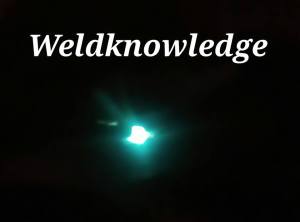Porosity in aluminum welds generates primarily due to rejection of hydrogen on solidification of weld bead. Hydrogen dissolved in the liquid weld metal will try to escape as the aluminum solidifies, and trapped hydrogen will result in weld porosity which is often extensive. The most common sources of hydrogen are hydrocarbons and moisture from contaminants on the aluminum base metal and on the filler wire surface.

Potential causes and remedial measures are shown in table below:

Reference: The welding of aluminum and its alloys, Gene Mathers
Keep reading, happy welding
Thank you,
KP Bhatt




